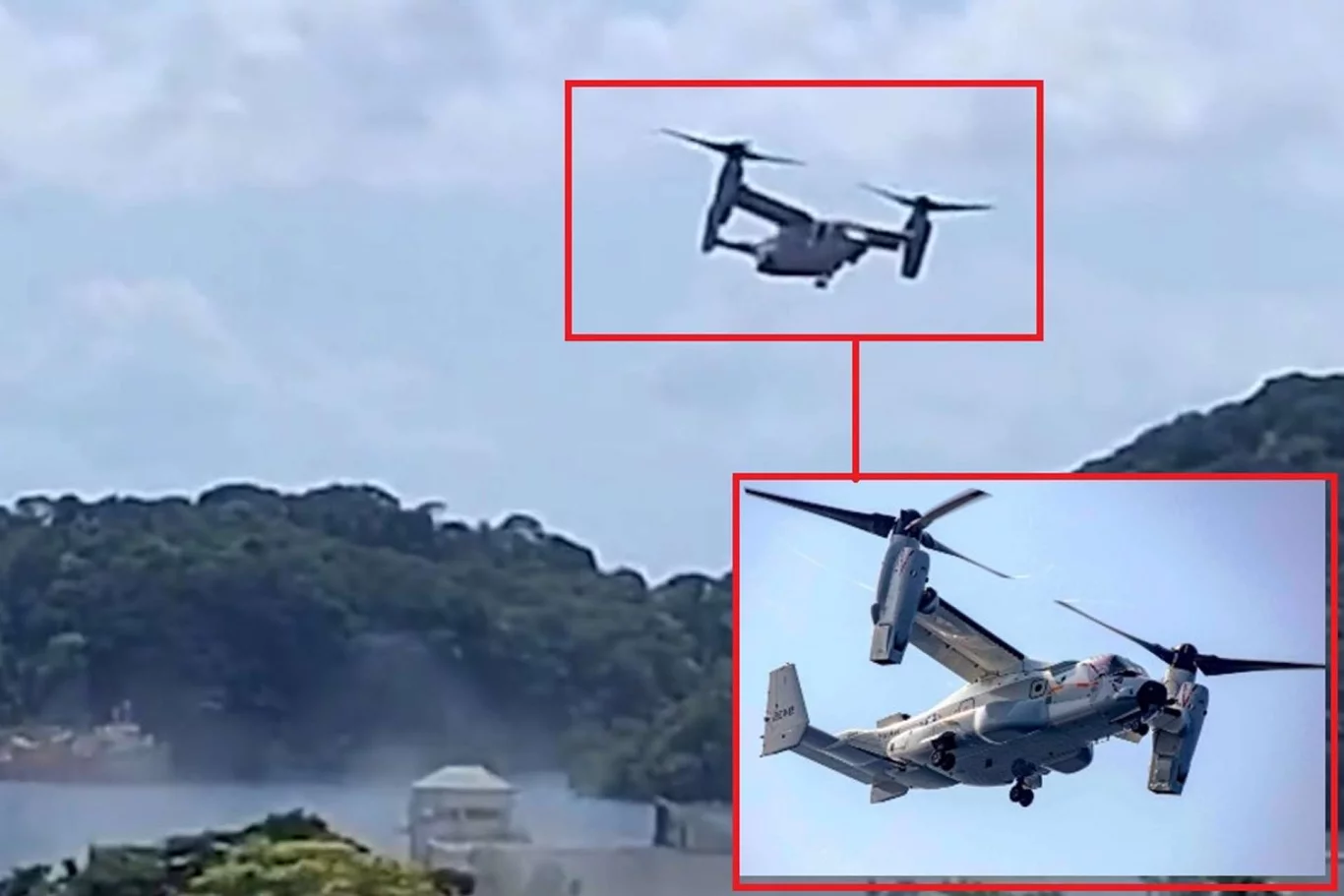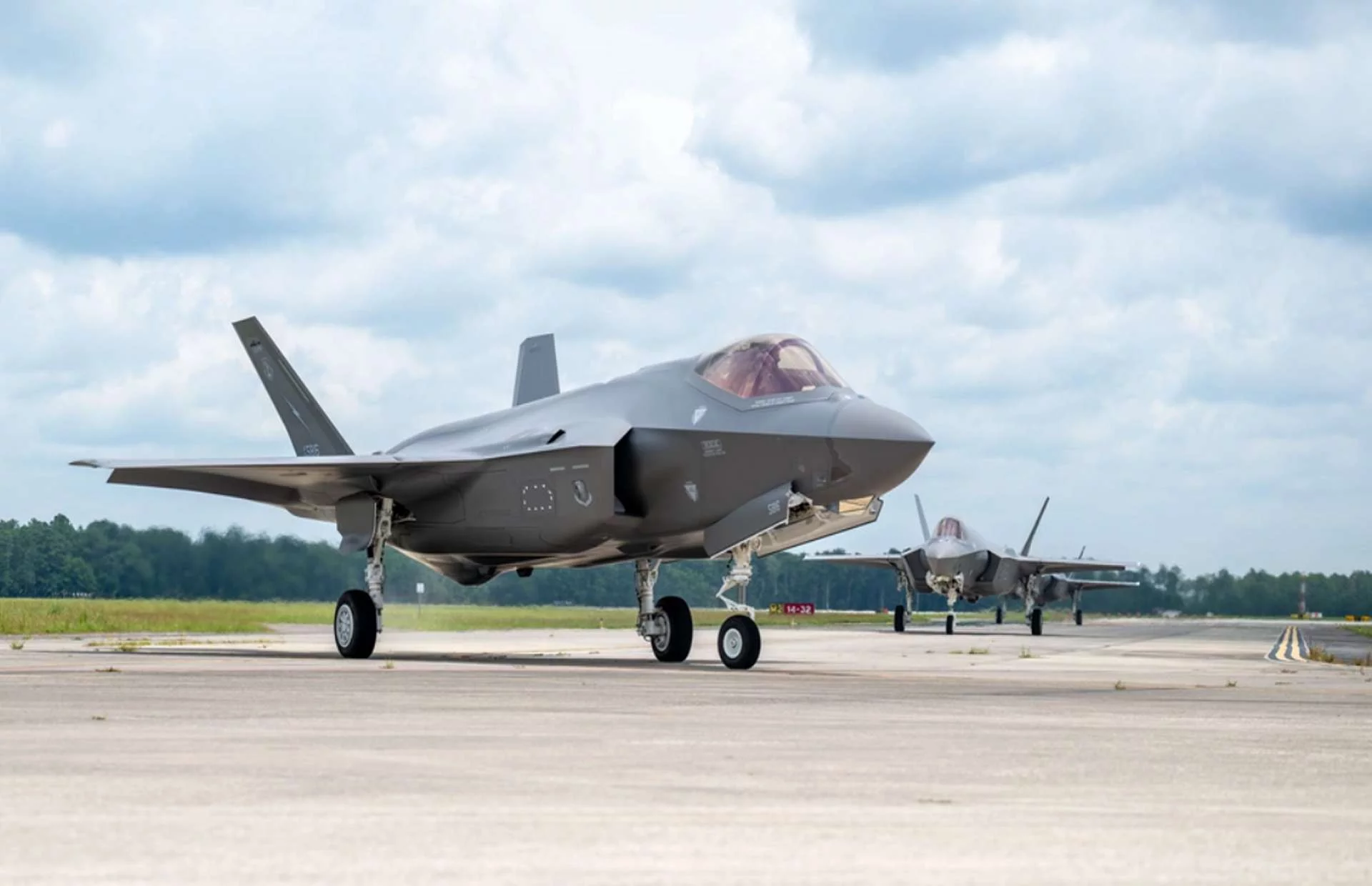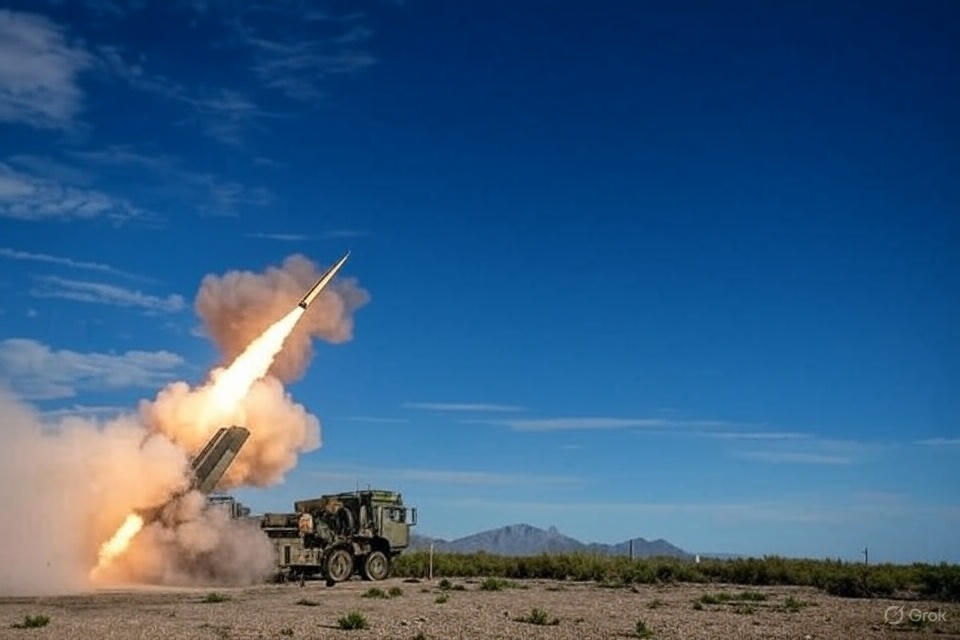Meta Description: Explore the strategic implications of V-22 Osprey flights from Trinidad, signaling enhanced US Marine Corps rapid response capabilities and strategic posture in the Caribbean, particularly near Venezuela.
Introduction:
The rhythmic thrum of tiltrotor blades over the azure waters of the Caribbean is more than just an aeronautical display; it’s a tangible sign of evolving military strategy. Recent observations of V-22 Osprey tiltrotor aircraft conducting flights from Trinidad and Tobago have sparked considerable interest, offering a rare glimpse into the United States Marine Corps’ (USMC) ongoing efforts to bolster its rapid response capabilities and strategic positioning within a crucial geopolitical theater. While officially framed as routine training or exercises, these operations subtly but clearly underscore a heightened state of readiness and a capacity for swift intervention in a region historically characterized by its complexities and, more recently, by growing instability.
The Osprey’s Strategic Advantage: More Than Just a Helicopter
To truly appreciate the significance of the V-22 Osprey’s presence in Trinidad, one must first understand the unique capabilities that this aircraft brings to the table. The Osprey is not merely a helicopter, nor is it a conventional fixed-wing aircraft; it is a hybrid marvel that combines the vertical take-off and landing (VTOL) and hovering capabilities of a helicopter with the speed and range of a turboprop aircraft. This “tiltrotor” design allows it to transition seamlessly between modes, offering an unparalleled operational flexibility.
Imagine the traditional limitations: helicopters are excellent for close-in support and troop insertion but are slow and have limited range. Fixed-wing aircraft are fast and long-ranging but require runways. The Osprey eliminates this dichotomy, enabling the USMC to deploy troops and equipment rapidly over significant distances, then land them precisely where needed, even in austere or undeveloped locations. This makes it an ideal platform for humanitarian aid, disaster relief, counter-narcotics operations, or, indeed, rapid military intervention – all scenarios highly relevant to the Caribbean basin.
Trinidad and Tobago: A Geopolitical Linchpin
The choice of Trinidad and Tobago as an operational base for these Osprey flights is highly significant. Located off the coast of Venezuela, Trinidad offers a strategically advantageous position. It provides a stable and cooperative base of operations within close proximity to a nation currently experiencing profound political, economic, and social upheaval.
From Trinidad, the V-22 Ospreys can quickly reach various points across the Caribbean, including Venezuela’s coastline, within a relatively short flight time. This forward presence drastically reduces response times compared to launching assets from continental US bases or even further afield in the region. It underscores the concept of “lily pad” logistics – establishing smaller, dispersed bases for rapid projection of power without requiring the footprint of a large, permanent military installation. This flexibility is key to the USMC’s expeditionary philosophy.
Rapid Response Posture: Addressing Regional Volatility
The phrase “rapid response posture” is central to understanding the implications of these flights. The Caribbean, while often seen as a tourist paradise, is also a region susceptible to natural disasters, illicit trafficking, and political instability. Venezuela, in particular, has been a source of significant regional concern, with ongoing crises that have led to mass migration, economic collapse, and humanitarian challenges.
The presence of the V-22 Ospreys in such close proximity serves as a clear signal of the US Marine Corps’ ability to respond swiftly to a multitude of contingencies. This could include:
- Humanitarian Assistance/Disaster Relief (HA/DR): The Caribbean is highly vulnerable to hurricanes and earthquakes. Ospreys can quickly deliver aid, medical supplies, and personnel to remote areas cut off by infrastructure damage.
- Counter-Narcotics Operations: The region is a major transit route for illicit drugs. Ospreys provide rapid interdiction capabilities.
- Non-Combatant Evacuation Operations (NEO): In the event of a rapid deterioration of security in a nearby country, Ospreys could quickly extract American citizens or other designated personnel.
- Deterrence and Presence: Simply being present and demonstrating advanced capabilities can serve as a deterrent, reassuring allies and signaling readiness to potential adversaries.
While the US military always emphasizes the defensive or training nature of its deployments, the strategic location and unique capabilities of the V-22 Ospreys undeniably contribute to a credible military option should circumstances demand it, particularly in scenarios involving the protection of American interests or regional stability.
Beyond the Headlines: The Bigger Picture
These Osprey flights from Trinidad are not an isolated event but rather part of a broader strategy by the US military to adapt to a more complex global security environment. This includes:
- Distributed Maritime Operations (DMO) and Littoral Operations in a Contested Environment (LOCE): These concepts emphasize operating from numerous, smaller, and often temporary locations to complicate adversary targeting and ensure resilience. The use of islands like Trinidad fits perfectly into this framework.
- Strengthening Partnerships: Deployments and joint exercises with regional partners like Trinidad and Tobago enhance interoperability and build stronger alliances, crucial for collective security.
- Maintaining a Competitive Edge: Demonstrating advanced capabilities and strategic flexibility helps the US maintain its qualitative military advantage globally.
The V-22 Osprey, with its hybrid capabilities, is a lynchpin in this evolving strategy, offering the agility and reach required to address dynamic challenges across vast geographical areas.
Conclusion:
The sight of V-22 Ospreys flying from Trinidad and Tobago is more than just a passing observation; it’s a window into the strategic thinking of the United States Marine Corps. It signifies a robust and adaptable rapid response posture, strategically positioned near potential flashpoints, and equipped with the unique capabilities of the tiltrotor aircraft. While the specific motivations for any deployment are multifaceted and often officially undisclosed beyond general training, the underlying message is clear: the US military is optimizing its presence and readiness in the Caribbean, ensuring it can swiftly and effectively respond to the diverse challenges that may arise in this critical region. The future of global security often hinges on such subtle but significant movements, and the Osprey’s presence in Trinidad is undoubtedly one to watch.




